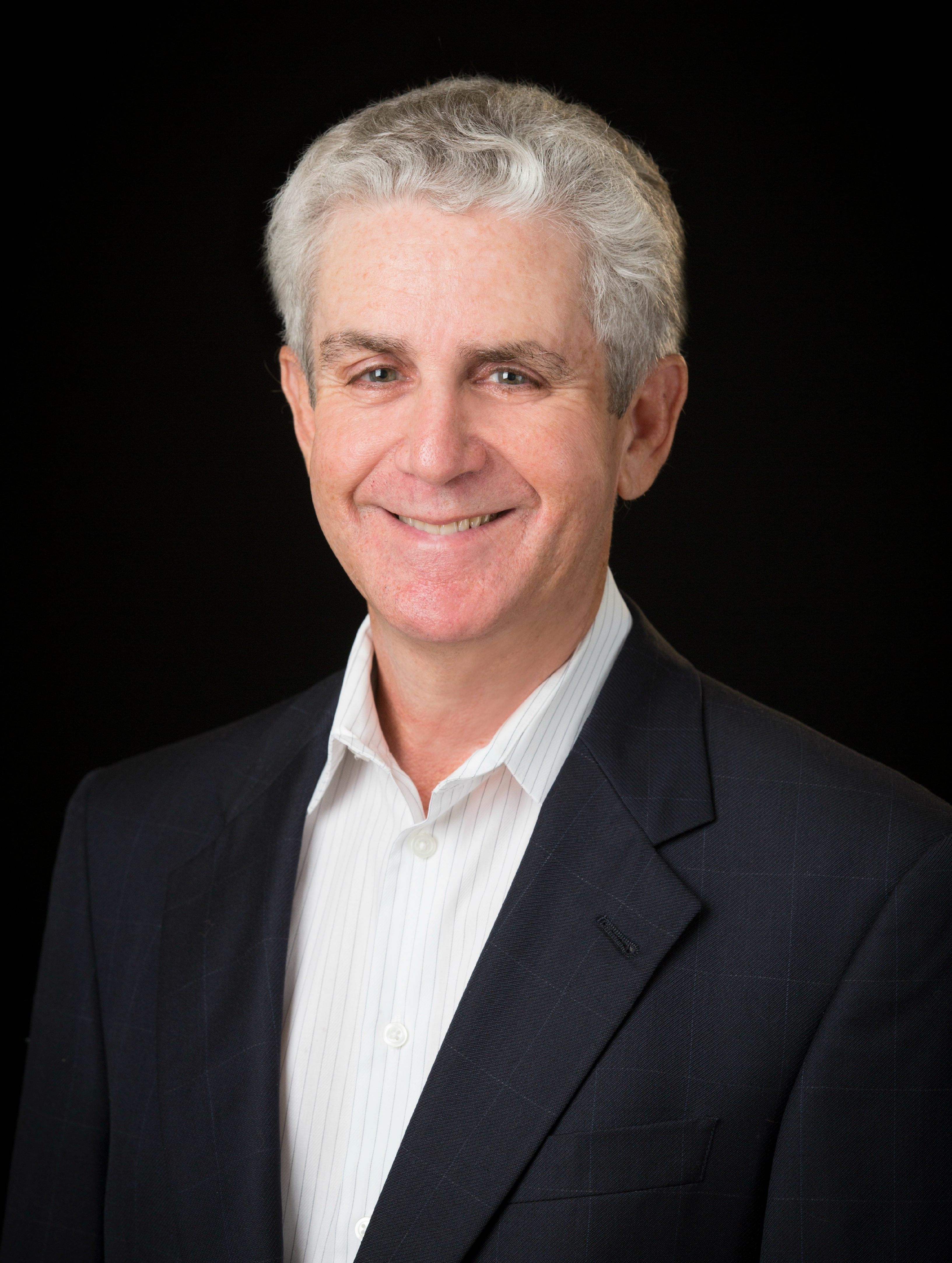
The Evolving World of Qualitative Market Research
This month we had a chance to chat with Rick Weitzer, the principal of Prell Organization. Prell conducts qualitative and quantitative market research online and offline in order to address issues and create solutions within a business’ branding strategy and beyond. Let’s take a look at what we discussed.


Tell us a little about yourself and what you do.
I’ve been doing market research for more than 30 years. I started off in quantitative research and shifted to about 50-50 quantitative and qualitative. I earned a Masters in Urban Affairs and an undergrad degree in Psychology.
I have a background in journalism as well, which has made me better at writing and storytelling. In market research, we’re telling stories. We’re helping agencies build a story around a brand based on their customers’ own particular lifestyle. My background in journalism has informed my practice and made me better at what I do.
How/why did you get into research design?
After you look back at a fairly long career, you start to see a pattern. One tends to wander around a core being.
I started getting interested in demographics and how they drive behavior. I started working with someone doing political research and polling work. After watching him, I decided that’s what I wanted to do.
I moved back to St. Louis and partnered up with a marketing professor because you can’t just jump into qualitative work. Quantitative is very easy to understand. There are numbers you can just report as is, and they’re meaningful. With qualitative, there are emotions that are deeply held and you have to determine if these emotions are meaningful. You have to look for patterns. Market research is all about helping businesses. You really need to understand, systemically, what the client’s business is about. And our job, as researchers, is to help businesses understand their customers.
Tell us a little about the kind of research you do. What type of clients do you serve?
Every researcher sort of figures out that every client wants category expertise out of us. That means I need to know a bit about their business before I go in. I have a lot of clients in the medical field, but not pharmaceutical. I also work for banks, brokerage firms and more. In general, I’m doing products or services that are virtual. Since these are often intangible, you have to talk a lot about product benefits.
I also do a lot of business-to-business work. Working in the business channel is a whole other animal. You have to understand that the decision-making process in the business environment is different than decision-making in the home. Business people are very shy about talking about emotional benefits, but they’re there. It’s critical to talk about the emotional buttons you can push, that marketers can push.
What type of methodologies do you use? Tell us about the differences between online and offline methodologies.
The difference between online and offline methodology isn’t that much. As the world moves online, as our respondents move online, we follow them so we can continue to speak to them through the medium that makes the most sense to them. It’s a way to reach them.
We used to go door-to-door, send mail and call. It’s an evolution. Now, 40-50 percent of all qualitative research is done through in-person focus groups because people still don’t feel comfortable with online methodologies. Online and bulletin board focus groups are an emerging methodology, but online doesn’t really simulate in-person. In-person allows client-learning. Clients actually get to see what’s going, hear the inflection in their consumer’s voices, watch body language.
But online allows for a wider, broader simulation. It’s very difficult and expensive to travel. With online methodologies, you can reach big and small cities. Emerging webcam focus groups allow researchers to see those important micro-expressions. It’s not as good as in-person, but it’s getting there as technology gets better.
For the B2B side of things, I prefer to do one-on-one interviews over the phone. Business people interacting in focus groups doesn’t work so well. Competitors, high profile people and people who know each other won’t be as comfortable and open, making B2B focus groups less productive. You can get a lot of really great, true information from talking to business people individually.
How would you describe the current trends in research design?
Mobile. That’s the future. We talked about consumers being accessible. Well, they live on their mobile devices ‑- phones, tablets, etc. You have to optimize all of your online surveys since about 40 percent of them are completed on mobile. I think that’s a real challenge for qualitative research. The screen is small, but you can use mobile for online bulletin boards.
They’re also particularly good for ethnographic studies and catching respondents in the moment. For example, you can see when someone enters a Target store and is shopping for toothpaste. You can have them take pictures. And you already know who they are based on information in your database.
Right now, a lot of online research is just a copycat of offline research. With mobile, we can show stimuli, we can show videos, we can have consumers watch ads, we can have them slide a bar on a large, 100 point scale. Mobile allows us to do things we weren’t able to do before. We can be at the moment and in the moment.
Including mobile, what are the biggest challenges/opportunities you see for research design over the next 6 months?
Mobile is the biggest opportunity.
Vendors are coming up with so many products to solve problems that it’s difficult to understand which one is best. But you can’t spend more than 20 percent of your time learning about new methodologies.
One great methodology is Market Research Online Communities (MROC). This allows you to come up with your own community. It’s a really neat way of learning constantly from the same group. You have to be a big brand or have a lot of brands underneath you for this to work. If you only have one product, I don’t see how it’s cost-effective.
Another great opportunity is Google Consumer Surveys. They’re extremely accurate and very, very cost-effective. It doesn’t look like it would work, but it does.
What advice would you give your clients? What’s one thing they should/shouldn’t do?
If you can find someone in your category, that’s really good. If you’re in pharmaceutical, packaged goods, etc., then you can find someone that understands your product and might have category expertise you don’t. That’s a partnership.
You also need to have realistic expectations about what research costs. There is a little lack of experience that newbies have. They think they can do research cheaply. They have a hard time putting value on it. There’s no culture inside their entity that says we need to learn what consumers are like, so they become hesitant when they see the costs.
They need to get educated. There’s such a tendency to cut corners, and you can only cut so much before you say, why bother? They have to be committed to want to understand their customers. Everyone thinks they know their customers, but they don’t. They need the discipline of the researcher that shows the hard truth. Clients are biased to their own products. They need objectivity.
What would you say are the best practices for qualitative research design?
Understanding the context of consumer perception.
Clients that think they can run a focus group, no matter how articulate they are, haven’t trained themselves to work with consumers to get them to open up and be honest. It’s really hard for someone who owns the brand to be objective. They don’t want to hear criticism. They can’t handle the truth.
We try to be gentle, but no one wants to hear that stuff. You’ve got to hear it when it’s bad, though. We have to be prescriptive. We tell them what consumers don’t like, why they don’t like it and what they can do about it. If you were them, how could you fix that? It doesn’t do much good to say a brand has a problem. You have to have solutions. You need them to change their behavior.
Market research is about aligning a brand’s view with their customers’. My job is to communicate what their customers are doing in a way that the client can understand and use to take action.
We know a thing or two about survey design best practices as well.



